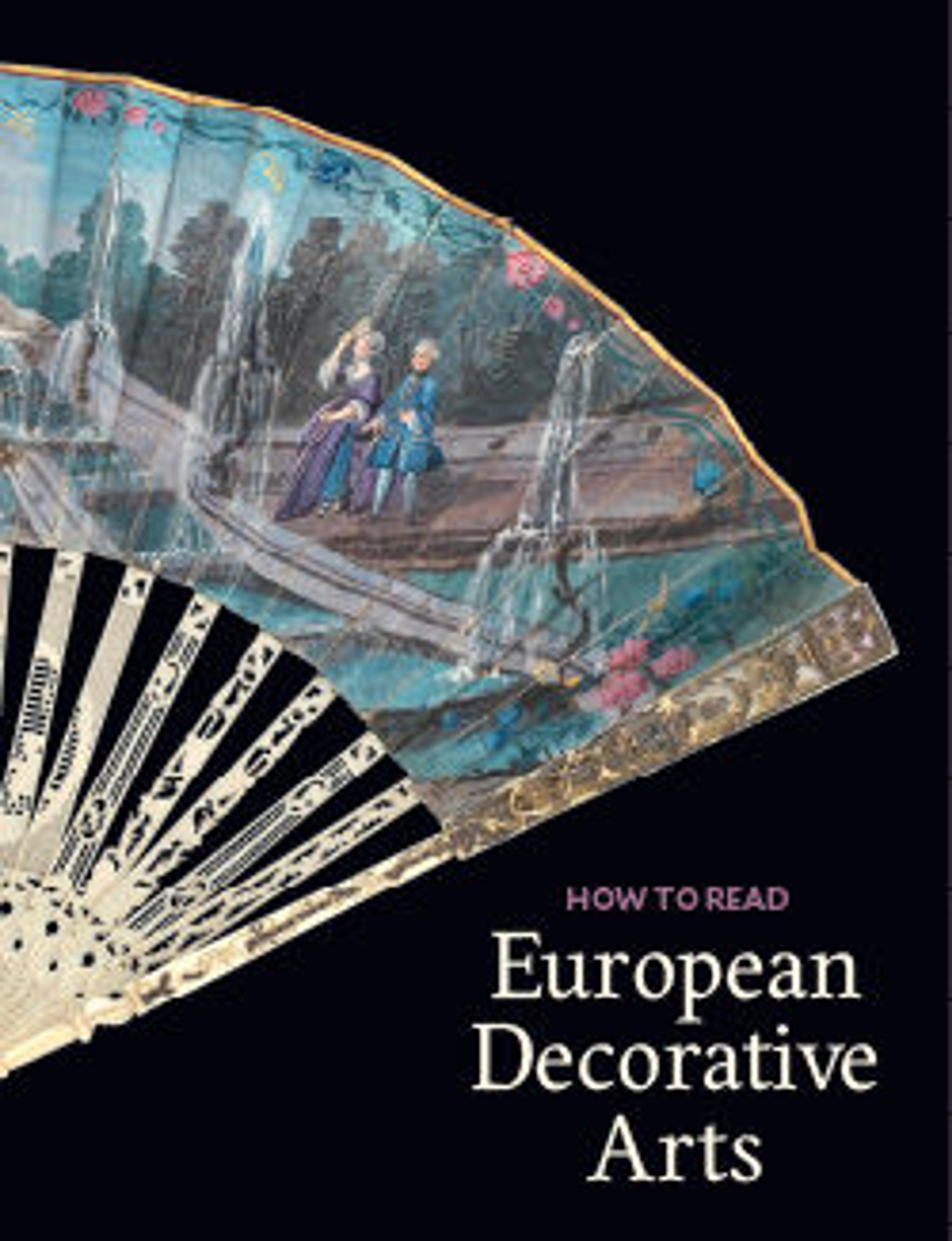Clock watch
Nouwen was a member of a Flemish family of clockmakers that originated in ’s-Hertogenbosch in Brabant, now a part of The Netherlands. Like the Vallins, he was probably a refugee from political and religious strife. The front plate of Nouwen’s movement is split in two, an unusual feature that makes it possible to remove the wheels of one train of the watch without disturbing the wheels of the other. These clock watches also typically have pierced cases so one could hear the striking of the bell, which is attached to the inside of the case. The intricate piercing and engraving of the metalwork makes this watch as much a piece of jewelry or a display piece as it is a timekeeper. Watches of the period, though nearly always technically cutting-edge, were far from accurate and lacked a minute hand. The female figure in the center of the dial, reminiscent of Flemish personifications of Summer, wears a crown of grain stalks and carries a cornucopia in her right arm.
Artwork Details
- Title: Clock watch
- Maker: Movement by Michael Nouwen, or Nouen (Flemish, active London, ca. 1600–10, died 1613)
- Date: ca. 1600–1610
- Culture: British, London
- Medium: Case: gilded brass; Dial: gilded brass with a blued steel hand; Movement: gilded brass and iron
- Dimensions: Diameter (watch case): 2 in. (5.1 cm)
Diameter (back plate): 1 5/8 in. (4.1 cm) - Classification: Horology
- Credit Line: Gift of J. Pierpont Morgan, 1917
- Object Number: 17.190.1549
- Curatorial Department: European Sculpture and Decorative Arts
More Artwork
Research Resources
The Met provides unparalleled resources for research and welcomes an international community of students and scholars. The Met's Open Access API is where creators and researchers can connect to the The Met collection. Open Access data and public domain images are available for unrestricted commercial and noncommercial use without permission or fee.
To request images under copyright and other restrictions, please use this Image Request form.
Feedback
We continue to research and examine historical and cultural context for objects in The Met collection. If you have comments or questions about this object record, please contact us using the form below. The Museum looks forward to receiving your comments.
